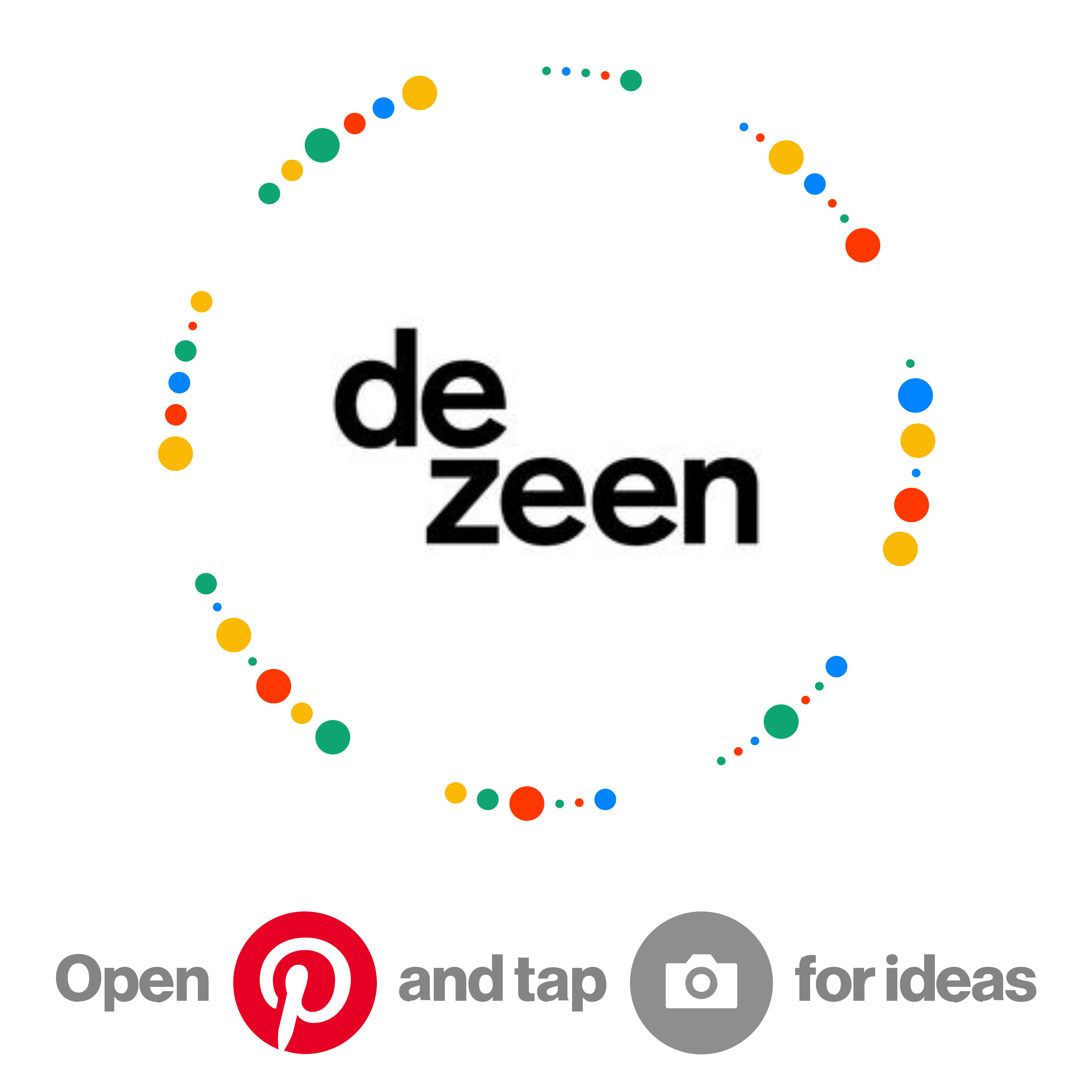Serman Brands wallets combine the best of traditional and modern wallet design
Posted in: UncategorizedLeather, bifold, these terms are relatively old-school in the wallet world, while the words minimalist, and RFID-blocking are considered contemporary. Combine them all together and you get what the SERMAN BRANDS 1.0 wallet is trying to achieve. Designed to please quite literally everyone, the new SERMAN BRANDS 1.0 wallets are both classic and modern, both familiar and refreshingly novel.
The SERMAN BRANDS 1.0 (already a hot favorite on Amazon) is back with its loved-format, in a variety of new color combinations to fit more style-profiles. With color schemes like Melted Chocolate, Salted Green, Atlantic Blue, and Ruby Red (along with a special stamped variant too), the SERMAN BRANDS 1.0 is just mouth-wateringly beautiful to look at, while maintaining its sleek profile, thanks to the wallet’s inherent design.
As far as the wallet’s design goes, it’s a bifold, but not in the traditional sense. Instead of being a centrally-folding leather or fabric pocket, the SERMAN BRANDS 1.0 is a leather flap with a money-clip in the center. This removes an entire layer (or more) of leather, giving you the feel of a bifold in a wallet that’s half as thin. Your money slides right into the clip, making it not just easy to access, but easy to view as well.
In keeping with its old-meets-new ethos, the 1.0 wallet holds both cash as well as your cards. The cash sits in the money-clip, while the cards have dedicated slots, including one window-slot for an ID card, one pull-tab slot for easily deploying your card, and an additional set of sleeves on the inside that hold as many as 6-8 cards. It secures your cards with a layer of RFID-blocking material too, preventing people from wirelessly tapping your cards while they’re in the wallet to access and steal your money.
SERMAN BRANDS’ wallets are crafted from leather to retain the wallet’s traditional appeal. Made with the highest-quality full-grain cowhide, the wallets aren’t just beautiful to look at but are significantly more durable too, thanks to the inherent toughness of full-grain leather. Tanned in a variety of colors, with a design that is both legacy and contemporary, feature-filled yet minimalist, the new SERMAN BRANDS 1.0 wallets are proof that you can teach an old bifold new tricks!
Designer: SERMAN BRANDS
Click Here to Buy Now: $21 $49.99 (60% off). Hurry, only 13/95 left!
About NEW SERMAN BRANDS 1.0
RFID blocking minmalist wallet that will deliver a comfortable and secure way to store your important cards and bills. Made for travel, business and leisure.
Features
Pull on the smart strap to access your 3-4 cards stored in the hidden pocket.
On average, 1-2 cards are used through out the day, making the front pocket the perfect necessity for quick and easy access to those cards.
Secure and adjustable money clip. Allows for the carry of up to 10-15 bills while maintaining its minimalistic profile.
RFID protected. In 2019, data theft is at an all time high and continues to grow with the expansion of technology. Each of their wallets are lined with RFID protection to prevent unwanted capture of data, giving you the piece of mind whether you are traveling abroad or running errands at the grocery store.
Securely protect your:
– Debit or Credit Cards
– Enhanced Drivers License
– Protects against access by NFC-equipped Smartphones
Minimalistic size. Prefect for travel! Size: 10 cm x 7.1 cm (3.8 inches x 2.75 inches).
The SERMAN BRANDS 1.0 is constructed from full grain leather. This is the leather industry’s highest quality leather and guarantees a cow hide that is in its natural form and has all of its layers intact. Since the grain layer is pure and very tight, the leather is very durable. Additionally, depth and character are effortlessly achieved which contribute to the richness of the colors!
Click Here to Buy Now: $21 $49.99 (60% off). Hurry, only 13/95 left!





























































































